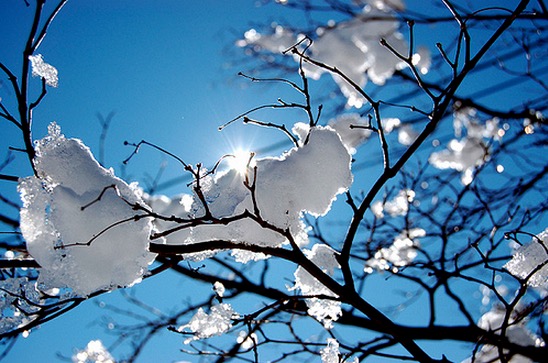
Spring has come early to Glacier National Park this year, and while that is a good thing for tourism – winter visitation numbers are much higher than average this year – it is a bad thing for the park in general, as the effects of higher winter temperatures continue to take a toll on the park’s delicate ecosystem.
With the sun beating down and high temperatures in the upper-30s for the past few weeks, Glacier National Park is experiencing weather that is significantly warmer than the historical averages in Montana for this time of the year.
As we’ve discussed before, global warming is a major issue facing Glacier National Park, and every warm winter further threatens the park’s wildlife, plant life, and even the glaciers themselves, as the continually rising temperatures are causing them to recede at rates that are staggering.
If trends continue, it is a very real possibility that all of the park’s glaciers will be completely gone by 2020. If that were to happen, the glaciers would not be coming back; not in our lifetime at least. If that snowpack is gone, it could have wide-ranging effects, from the degradation of animal habitats, to a lack of drinking water, and everything in between. And unlike some water sources, this one will not be easily replenished.
If there’s any positive to the unseasonably warm weather, it’s that tourism in the park has been incredibly high this year, after a summer that brought a huge number of visitors to the park as well. At least people are getting out to Glacier National Park to enjoy the beauty while it lasts.
While it is not a forgone conclusion that the park will be irreparably changed, things are certainly trending that direction, and it may be too late to do anything about it.
So, all I can recommend for now is that you get out to Glacier National Park as much as possible, before it becomes just _____ National Park. At least you will be able to enjoy the lovely weather in the meantime!











Speak Your Mind